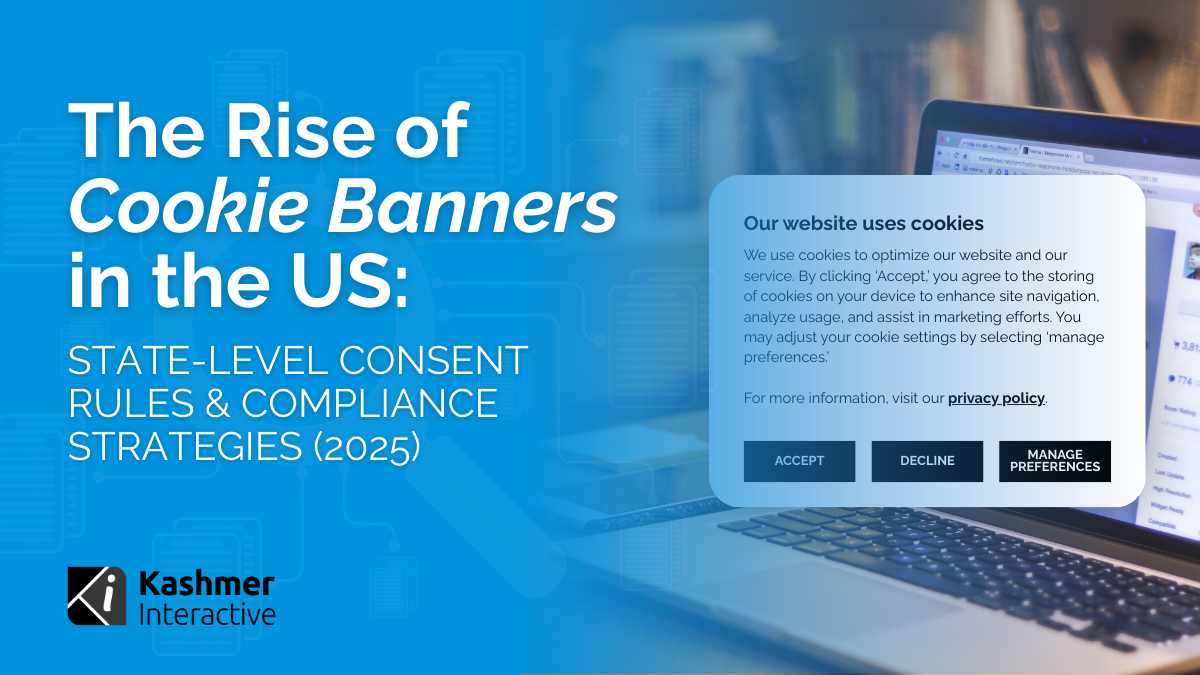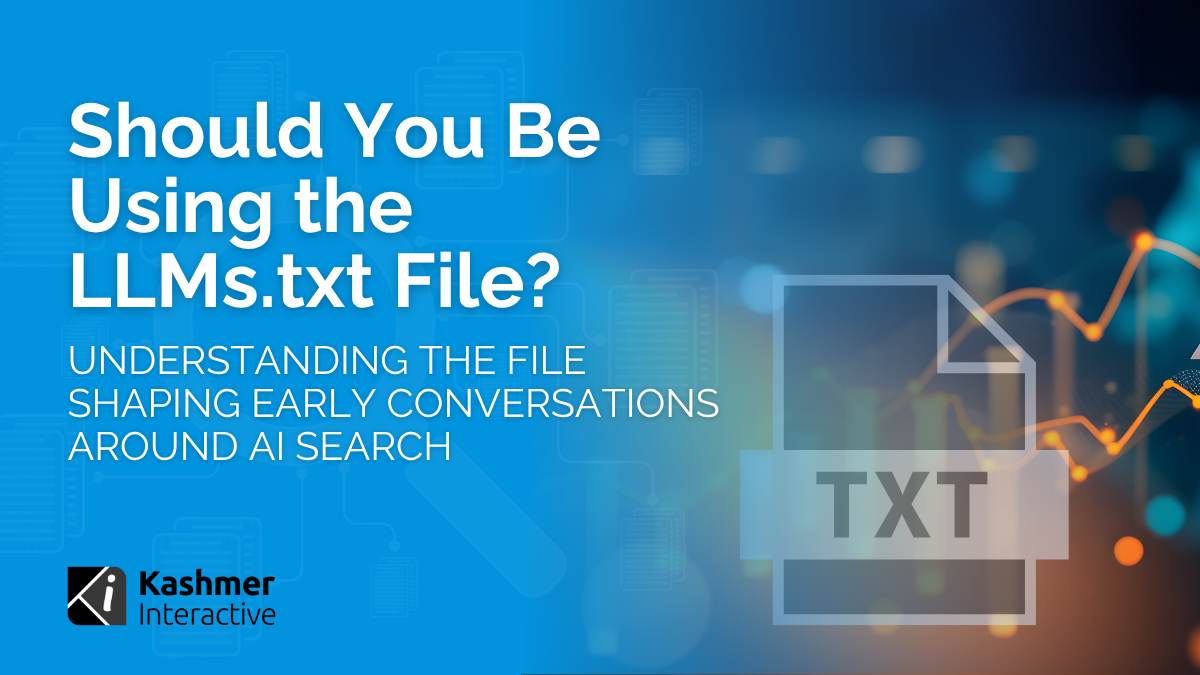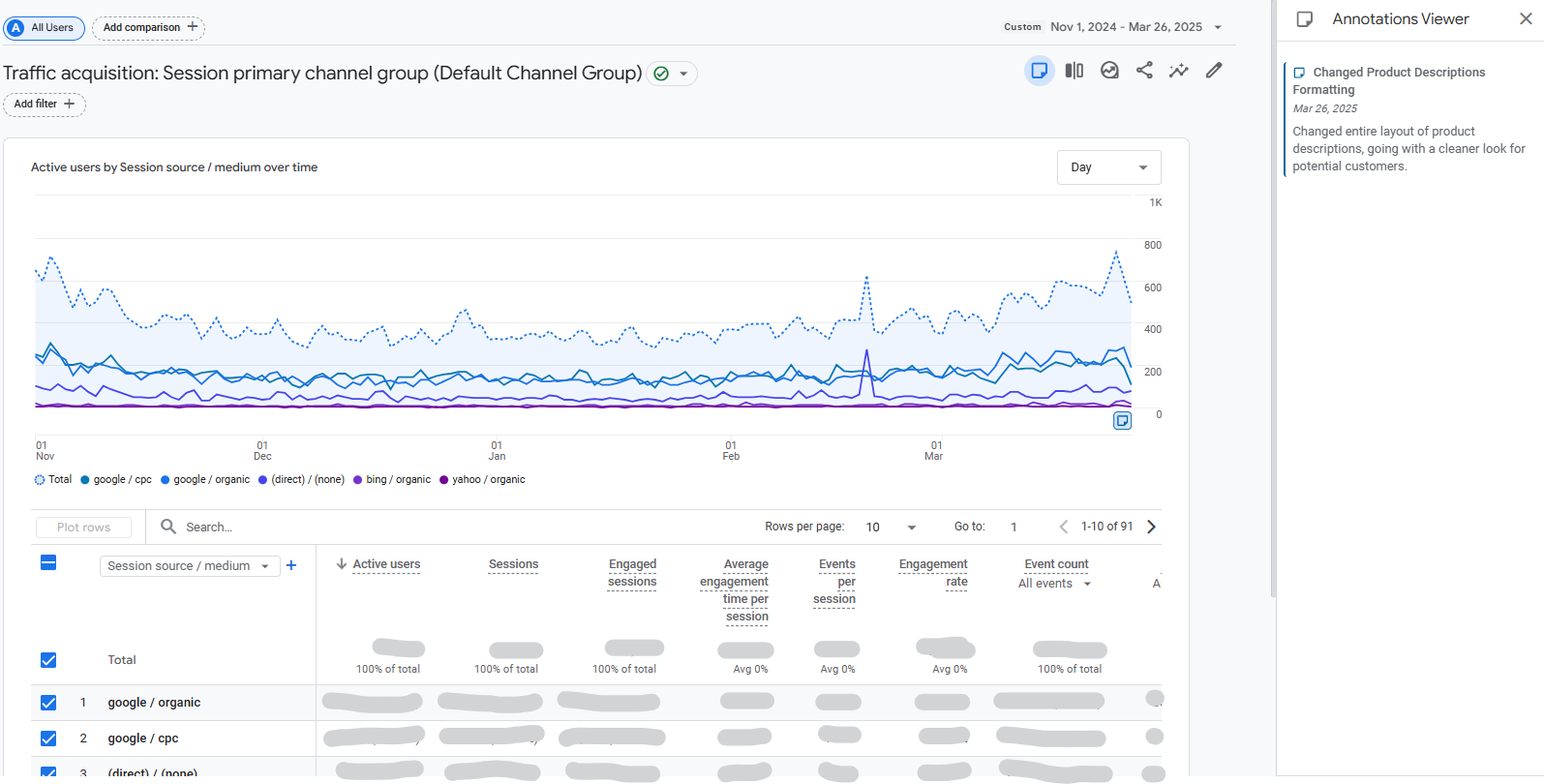For years, U.S. businesses could look at cookie banners and consent pop-ups as a European issue. The EU’s GDPR (2018) and the UK’s Data Protection Act established strict consent rules, making banners a standard part of online life overseas. But in the United States, data collection without explicit user consent was the norm.
That landscape has shifted. Beginning in 2024 and accelerating through 2025, multiple state privacy laws now require businesses to give users clear notice, honor opt-out requests, and in some cases recognize browser-based preference signals such as the Global Privacy Control (GPC). While no federal law mandates a GDPR-style “cookie banner,” the patchwork of state rules has made banners the practical mechanism for compliance.
This post explains what’s happening, which states are in play now (and which will be soon), the challenges businesses face, and what steps to take next.
Jump to the U.S. States / Effective Dates Chart
The U.S. Privacy Model vs. the EU
- EU/UK: GDPR requires prior, explicit consent before non-essential cookies or trackers load. Banners are legally required, and design is heavily regulated (no “dark patterns,” equal prominence of accept/decline).
- U.S.: As of 2025, there is still no federal privacy law. Instead, states pass their own comprehensive privacy statutes. Most follow an opt-out model: businesses may collect and process personal data, but users must have a clear right to opt out.
Because these rights include targeted advertising and data sales — and many laws mandate honoring browser-level signals like GPC — cookie banners have become the easiest way to operationalize compliance.
The State Patchwork in 2025
Here’s the current picture of which state laws are live and what dates matter:
Already in effect prior to 2025
- California – CCPA (2018), CPRA (2023). Requires honoring GPC
- Virginia – Effective Jan 2023
- Colorado – Effective July 2023; GPC required July 2024
- Connecticut – Effective July 2023; GPC required Jan 2025
- Utah – Effective Dec 2023
- Texas – Effective July 2024; GPC required Jan 2025
- Oregon – Effective July 2024; GPC required Jan 2026
- Montana – Effective Oct 2024; GPC required Jan 2025
Went into effect in 2025
- Iowa – Jan 1, 2025
- Delaware – Jan 1, 2025 (GPC required Jan 2026)
- Nebraska – Jan 1, 2025 (conditional GPC obligations)
- New Hampshire – Jan 1, 2025 (includes GPC recognition)
- New Jersey – Jan 15, 2025 (GPC recognition required by July 15, 2025)
- Tennessee – July 1, 2025
- Minnesota – July 31, 2025 (includes GPC recognition)
- Maryland – Oct 1, 2025 (with phased enforcement)
Coming in 2026
- Indiana – Jan 1, 2026
- Kentucky – Jan 1, 2026
- Rhode Island – Jan 1, 2026
- Delaware & Oregon – GPC deadlines also hit Jan 1, 2026
This patchwork means a national brand can’t ignore consent management — even if a single state user visits your site, the rules apply.
What “Cookie Consent” Really Means in the U.S.
It’s important to clarify:
- No U.S. state law explicitly requires GDPR-style prior opt-in banners.
- What they require is:
- Clear notice of data practices.
- Accessible opt-out mechanisms (often through banners or preference centers).
- Recognition of universal signals like GPC.
- Opt-in consent only for sensitive data (e.g., biometrics, health data, children’s data).
So why do so many sites deploy banners? Because they serve as a practical UX layer that helps satisfy notice, choice, and GPC obligations in one place.
Why This Has Become a Business Problem
1. Awareness Gap
Many U.S. businesses — especially SMBs — don’t realize these state laws apply to them. Owners assume cookie consent banners are only a European concern. That’s no longer the case.
2. Poorly Designed Banners
Most off-the-shelf consent notices are not optimized. They may:
- Present “Decline” more prominently.
- Fail to explain benefits of consent.
- Confuse users with jargon.
The result: opt-out rates can exceed 50% if banners are designed poorly. That means half your site’s tracking data disappears overnight.
3. Direct Marketing Impact
When users decline:
- Analytics gaps – You lose visibility into visits, conversions, and user behavior.
- Ad blind spots – Google Ads, Meta Ads, and other platforms rely on user-site data feedback. With 20–30% (or more) of that data missing, campaigns optimize more slowly and less effectively.
- Attribution challenges – Cross-channel ROI becomes harder to prove.
We’ve raised this with Google Ads representatives — even they admit this is new territory, and many don’t yet have answers.
What This Means for Marketers
Marketers should prepare for a “new normal” of partial datasets. Even with modeled conversions and AI-based attribution, less raw data means less precision.
- Expect gaps in platform reporting vs. your analytics tools.
- Be prepared to explain these gaps to stakeholders.
- Anticipate longer optimization cycles in paid campaigns.
Steps Businesses Should Take (Case by Case)
We’re not recommending that every business rush to launch a cookie banner tomorrow. Instead, think strategically:
- Assess your exposure. Do you operate in or attract users from California, Colorado, Texas, New Jersey, etc.? If yes, you’re already in scope.
- Audit your data collection. Know what cookies, pixels, and scripts are running.
- Evaluate consent tools. Look for platforms that:
- Support granular choices (not just “Accept All/Decline All”).
- Integrate with analytics/ads.
- Provide consent reporting.
- Design with UX in mind. Don’t hide the “Accept” button, but also don’t make “Decline” the path of least resistance. Small changes in design significantly change opt-in rates.
- Evaluate consent tools. Look for platforms that:
- Prepare for data loss. Build measurement plans around:
- Modeled conversions (Google, Meta).
- Broader KPIs like overall sales lift or lead volume.
- Testing frameworks that don’t rely on 100% user-level data.
- Take a case-by-case approach. Not every client or business model requires immediate banner implementation. Evaluate risk tolerance, data needs, and legal exposure before acting.
Looking Ahead
The direction is clear: more states, more obligations. Without a federal law, businesses must navigate overlapping requirements. By 2026, three more states will join the list, and Delaware and Oregon’s GPC deadlines will kick in.
In time, we may see Congress adopt a national standard. Until then, the safest assumption is that cookie consent management will become a permanent feature of U.S. marketing infrastructure.
Cookie banners are no longer just a European nuisance. In 2025, they’re part of the U.S. digital marketing environment — driven by California and spreading across nearly half the states. For businesses, this shift brings real headaches: data loss, campaign performance issues, and confusing compliance obligations.
At Kashmer Interactive, we’re monitoring this closely and working with clients on a case-by-case basis. Not every business needs to flip the switch immediately, but every business does need to understand what’s happening — and prepare for how privacy will reshape digital marketing in the years ahead.
U.S. State Privacy Laws (Effective 2023–2026)
| State | Effective Date | GPC / Opt-Out Mechanism Required |
|---|---|---|
| California (CCPA/CPRA) | Jan 1, 2020 (amended 2023) | Required (already in effect) |
| Virginia (VCDPA) | Jan 1, 2023 | Not specified (no UOOM requirement) |
| Colorado (CPA) | July 1, 2023 | July 1, 2024 |
| Connecticut (CTDPA) | July 1, 2023 | Jan 1, 2025 |
| Utah (UCPA) | Dec 31, 2023 | Not specified |
| Texas (TDPSA) | July 1, 2024 | Jan 1, 2025 |
| Oregon (OCPA) | July 1, 2024 | Jan 1, 2026 |
| Montana (MTCDPA) | Oct 1, 2024 | Jan 1, 2025 |
| Iowa (ICDPA) | Jan 1, 2025 | Not specified |
| Delaware (DPDPA) | Jan 1, 2025 | Jan 1, 2026 |
| Nebraska (NDPA) | Jan 1, 2025 | Conditional (only if required under another law) |
| New Hampshire (NHDPA) | Jan 1, 2025 | Jan 1, 2025 |
| New Jersey (NJDPA) | Jan 15, 2025 | July 15, 2025 |
| Tennessee (TIPA) | July 1, 2025 | Not specified |
| Minnesota (MCDPA) | July 31, 2025 | July 31, 2025 |
| Maryland (MODPA) | Oct 1, 2025 | Not specified |
| Indiana (INCDPA) | Jan 1, 2026 | Not specified |
| Kentucky (KCDPA) | Jan 1, 2026 | Not specified |
| Rhode Island (RICDPA) | Jan 1, 2026 | Not specified |
Verified Sources
- IAPP – US State Privacy Legislation Tracker
- TrustArc – U.S. Consumer Privacy Laws 2025 Update
- Ketch – U.S. Privacy Laws Effective in 2025
- Centraleyes – New State Privacy Laws Going into Effect in 2025
- California Privacy Protection Agency – Global Privacy Control Guidance
- Colorado Attorney General – Universal Opt-Out Mechanism List




